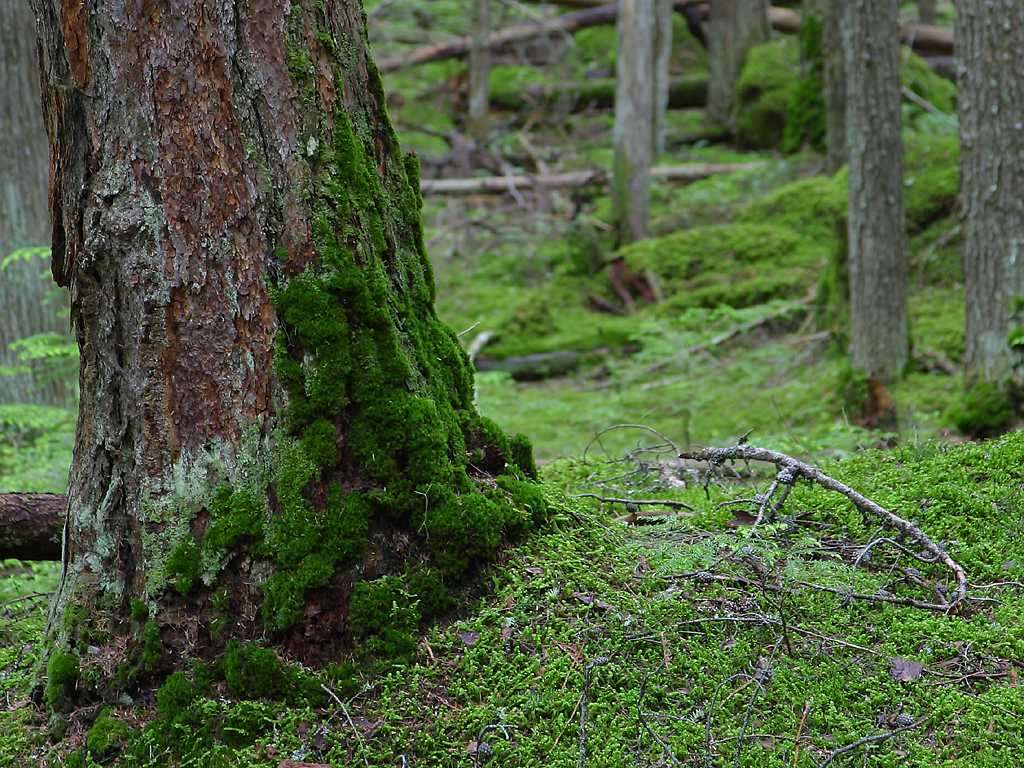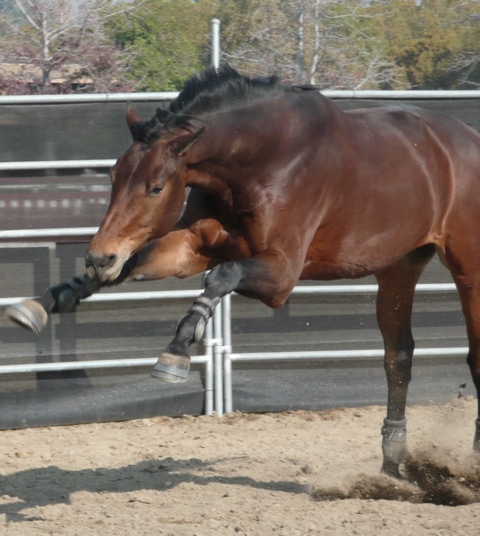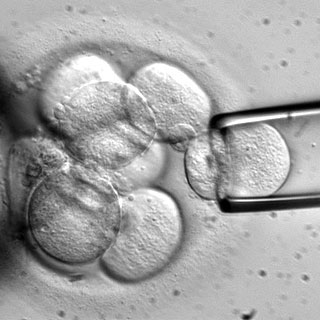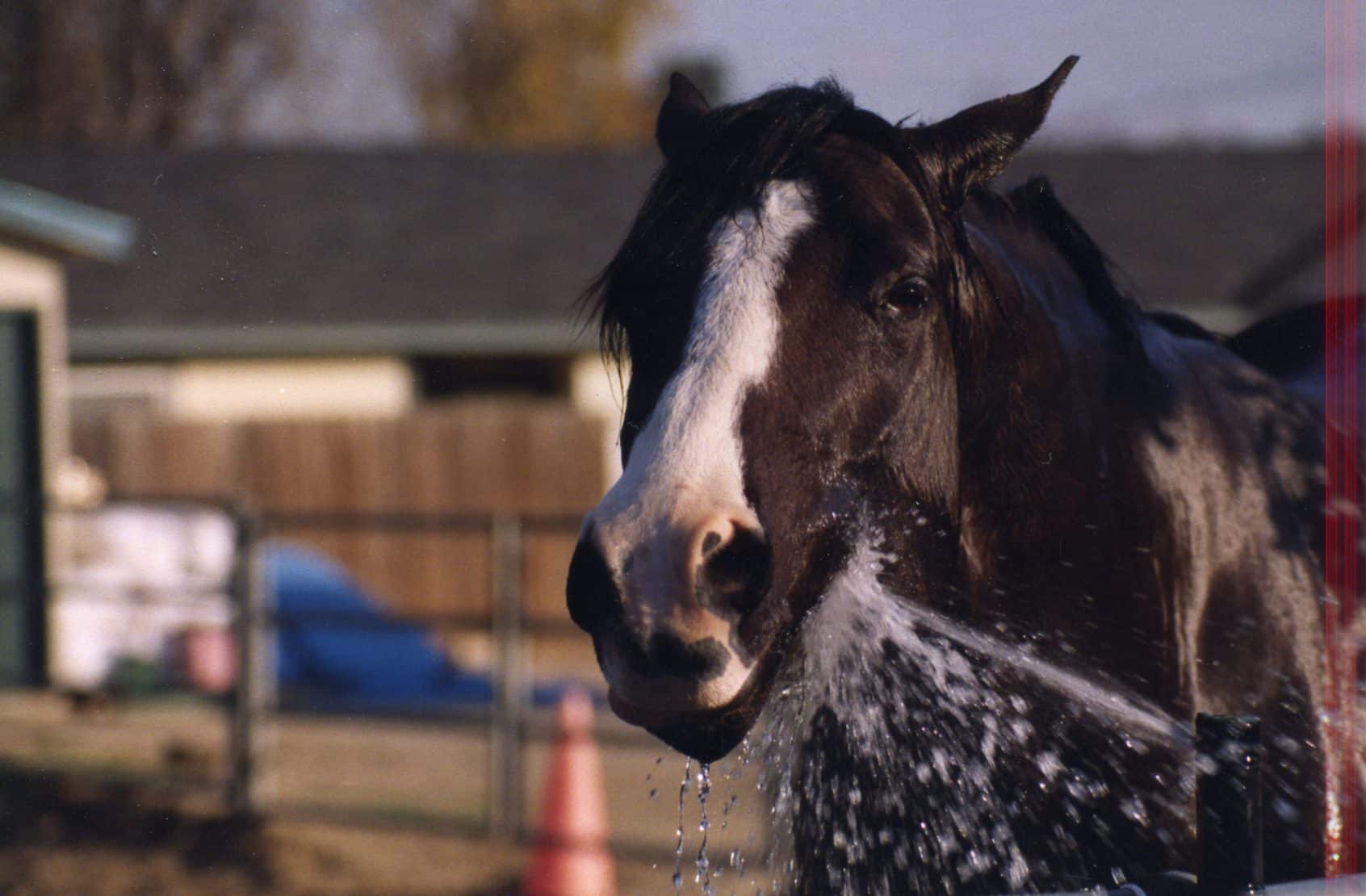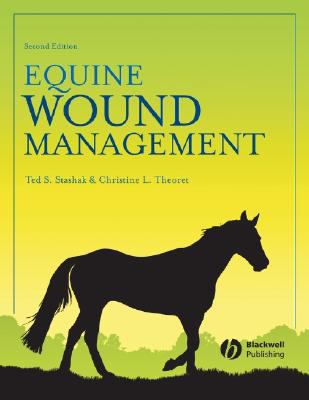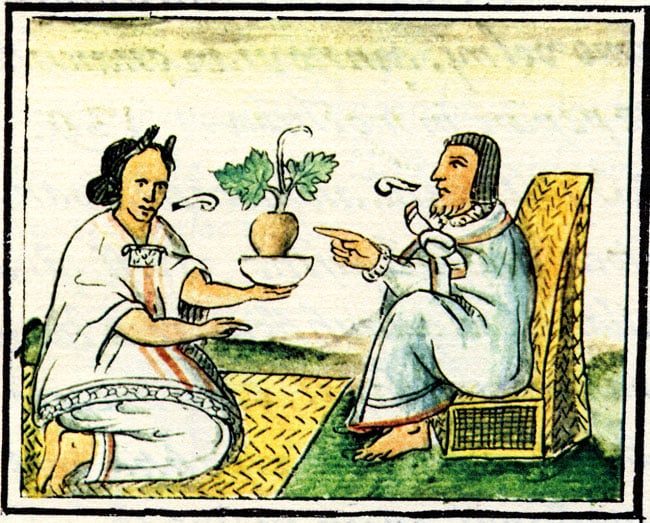It’s not at all uncommon for someone to ask me, when they are taking care of a horse’s wound, if it might not be time to, “Let it get some air.” It’s an interesting thought, perfectly understandable, and one that deserves a little bit of discussion. So, here goes!
 The idea that air is good and no air is bad is strictly true (I mean, without air, any living tissue will die). However, the idea also probably has some very old origins. “Good” air and “bad” air was a commonly held belief, when it came to the origins of disease. In fact, the disease, “malaria,” quite literally means “bad air.” The association between malaria was known back in Roman times (mal + aria = bad + air in Italian), and, throughout history, many diseases have been ascribed to evil vapors (“miasmas”). Air, it seems, was a very fickle thing.
The idea that air is good and no air is bad is strictly true (I mean, without air, any living tissue will die). However, the idea also probably has some very old origins. “Good” air and “bad” air was a commonly held belief, when it came to the origins of disease. In fact, the disease, “malaria,” quite literally means “bad air.” The association between malaria was known back in Roman times (mal + aria = bad + air in Italian), and, throughout history, many diseases have been ascribed to evil vapors (“miasmas”). Air, it seems, was a very fickle thing.

Charles Louis Alphonse Laveran in a moment of levity
NOTE: Not to worry. Medical science has thoroughly discredited the idea of evil vapors causing disease. Just in case you hadn’t heard…
ANOTHER NOTE: The French physician, Charles Louis Alphonse Laveran won the Nobel Prize in 1907 for determining that malaria was actually caused by a parasitic protozoan parasite.
Anyway, the idea that air had all sorts of good stuff in it is certainly true; air has oxygen in it, for one. But the relationship between air and wounds is far more complicated than one simple fact.
Back in 1962, a physician by the name of George Winter wrote a paper pithily entitled, “Formation of the Scab and the Rate of Epithelialization of Superficial Wounds in the Skin of the Young Domestic Pig.” Prior to this, it was felt that air help wounds form scabs, and that wound with scabs healed faster. However, Dr. Winter’s research showed that idea to be wrong, and his work prompted people to start looking at what happened to wounds when they heal in a moist environment, instead of a dry one.
Turns out, it’s a lot of good things.
For a wound to heal well – heck, for anything to do well – you want it to be in the best environment that you can provide. There are all sorts of things to consider, such as:
 Temperature – it’s not good for a wound to get too hot or too cold
Temperature – it’s not good for a wound to get too hot or too cold- Hydration – moisture helps cells grow, and helps speed up the formation of new tissue
- pH – it’s not good for a wound to be too acidic, or too basic
- The presence of microbes (bacteria, and such)
When wounds heal in a moist environment in people, they experience less pain. While nobody has ever done such research in horses – in fact, I’m not sure how you’d do it – it’s reasonable to suppose that would be the case with them, too. A moist environment keeps the pain receptors injured by the wound from drying out – apparently, a moister pain receptor is a less painful one, too!
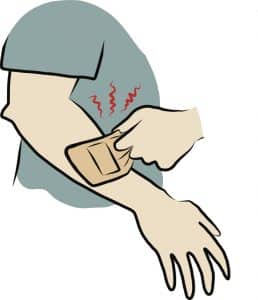 Another benefit of keeping a wound moist comes when it’s time to change a protective bandage. A dry bandage that sticks to a wound tears off healing cells, can cause bleeding, and, worst of all, it hurts. Trust me, if you didn’t know, horses are not enthusiastic about having someone cause them additional pain.
Another benefit of keeping a wound moist comes when it’s time to change a protective bandage. A dry bandage that sticks to a wound tears off healing cells, can cause bleeding, and, worst of all, it hurts. Trust me, if you didn’t know, horses are not enthusiastic about having someone cause them additional pain.
Of course, you might reasonably suppose that as much as healing cells like a moist environment, so do bacteria. Bacteria and such need water and nutrients and to grow, and a moist wound environment would seem to be good for them, too, what with all of the nutritious tissue proteins, blood serum, and such. And you’d be right, however, despite that, wounds treated with moist dressings have been shown to have lower infection rates than wounds treated with dry dressings. In fact, it’s been shown that wounds treated with occlusive dressings (that is, one that seals in a wound) that don’t allow the wound to “breathe” actually have a lower bacterial content than those that are treated with dry dressings. In fact, moist dressings can reduce wound infection rates by as much as 50%! Plus, the scab that forms in a dry environment has a high bacterial load (doctors used to think that the faster a scab formed, the better – now, not so much). So, while a moist environment might seem to promote bacterial growth, it also seems to allow the horse’s body’s own defense mechanisms to be more active, which ends up being better in the long run.
 So, in sum, it turns out that a moist wound environment has been shown to provide better conditions for faster and better wound healing that does a dry one. A moist wound environment promotes healthy tissue growth and faster healing. A moist wound environment helps mitigate scarring, infection, and pain.
So, in sum, it turns out that a moist wound environment has been shown to provide better conditions for faster and better wound healing that does a dry one. A moist wound environment promotes healthy tissue growth and faster healing. A moist wound environment helps mitigate scarring, infection, and pain.
So, ideally, if you’re treating a horse’s wound, especially one on the lower legs, instead of seeing how quickly you can, “Get air to it,” you should try to provide a treatment that:
- Protects the wound
- Provides a moist environment
- Maintains an appropriate temperature, and
- Is easy to apply and take off
 The good news is that there are many, many options for doing just that. There are films and foams and occlusive dressings and even more esoteric things like dressings made from fetal membranes (amnion). Honey is sometimes used as a wound dressing; whatever else it does, it also helps keeps wounds moist.
The good news is that there are many, many options for doing just that. There are films and foams and occlusive dressings and even more esoteric things like dressings made from fetal membranes (amnion). Honey is sometimes used as a wound dressing; whatever else it does, it also helps keeps wounds moist.
WHAT ABOUT WOUND DRESSINGS?
Wound dressings – or “boo boo creams” as I like to call them – are frequently applied, but it turns out that most of them are more for the person doing the applying than they really are for the horse. CLICK HERE to see and article that I wrote on wound dressings.
TAKE HOME MESSAGES
So, what can you take home from all of this? Well, several things, actually. First of all, it’s been shown repeatedly that when wounds heal in a moist environment, the result is a faster and better quality of healing. When a wound is kept moist, it’s less painful, it scars less, tissue heals faster, and beneficial growth factors and nutrients are found in higher quantities. Research has repeatedly shown that wounds allowed to heal in a moist environment are less inflamed than those kept in a dry environment, and the quality of healing  is better. A moist wound dressing is easier to change – you don’t have to tear it off the wound, so you don’t damage the tissue you’re trying to get to heal.
is better. A moist wound dressing is easier to change – you don’t have to tear it off the wound, so you don’t damage the tissue you’re trying to get to heal.
I’ve found that when I’m treating lower leg wounds now, compared to when I first started tending to lower leg wounds, I tend to change bandages less and I tend to worry about cleaning them less. I’d like the wound to stay moister, and I don’t want to scrub off the nutrients that have accumulated on the wound surface. I might give a wound a quick rinse with a hose but I’m certainly not inclined to scrub away with a disinfectant soap every day: it’s not good for the wound and horses hate it anyway. I want the bandage I put on to protect the wound and keep it moist; I don’t really worry about changing it unless it gets too soggy, or unless I’m worried that it’s sticking to the wound.
Of course, it’s always a good idea to work with your veterinarian when it comes to trying to get a horse’s wound to heal, and there are many, many variables that can come into play in managing individual wounds. But one thing seems to be true – don’t worry too much about “getting air” to the wound. Old ideas die hard though.

